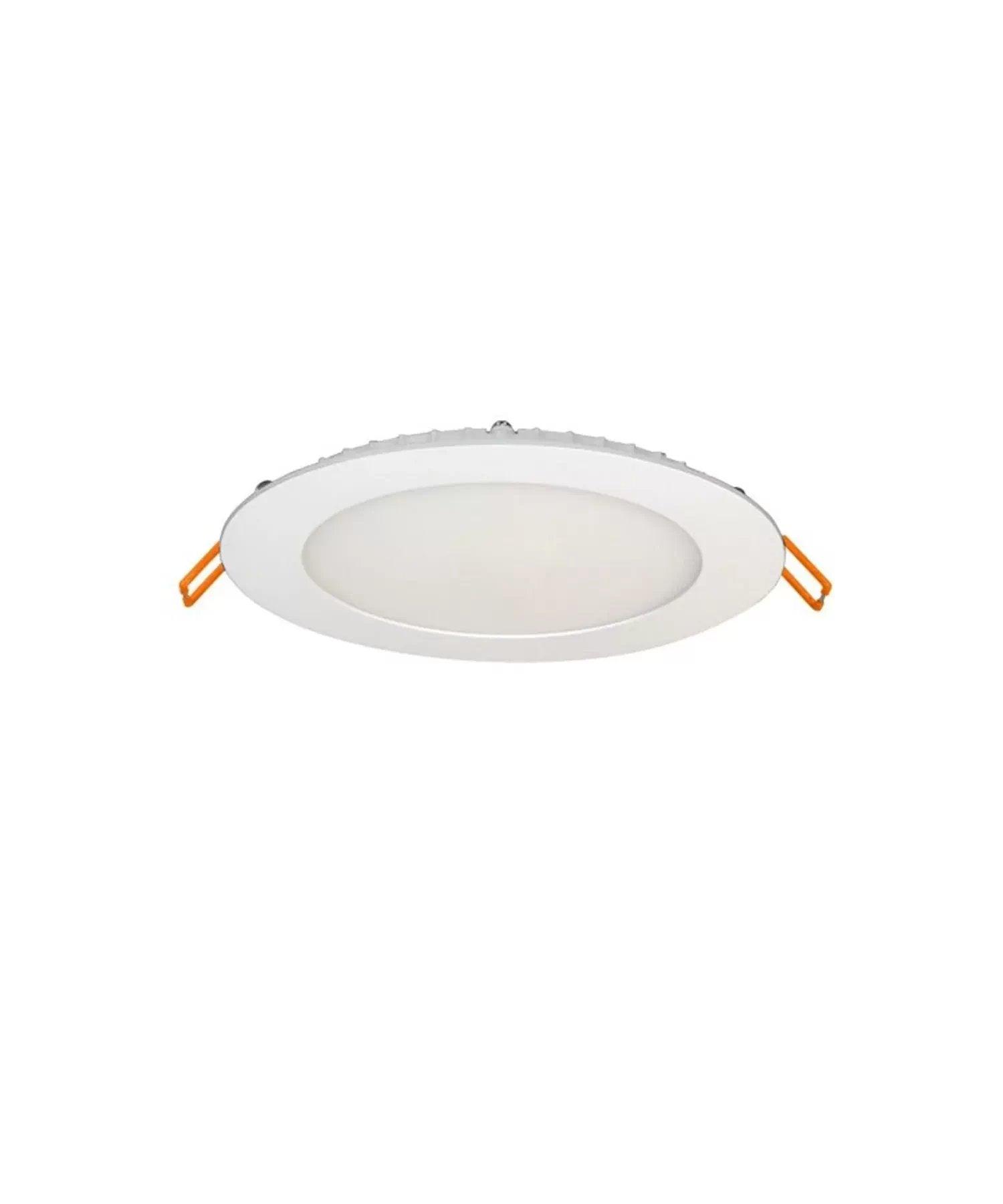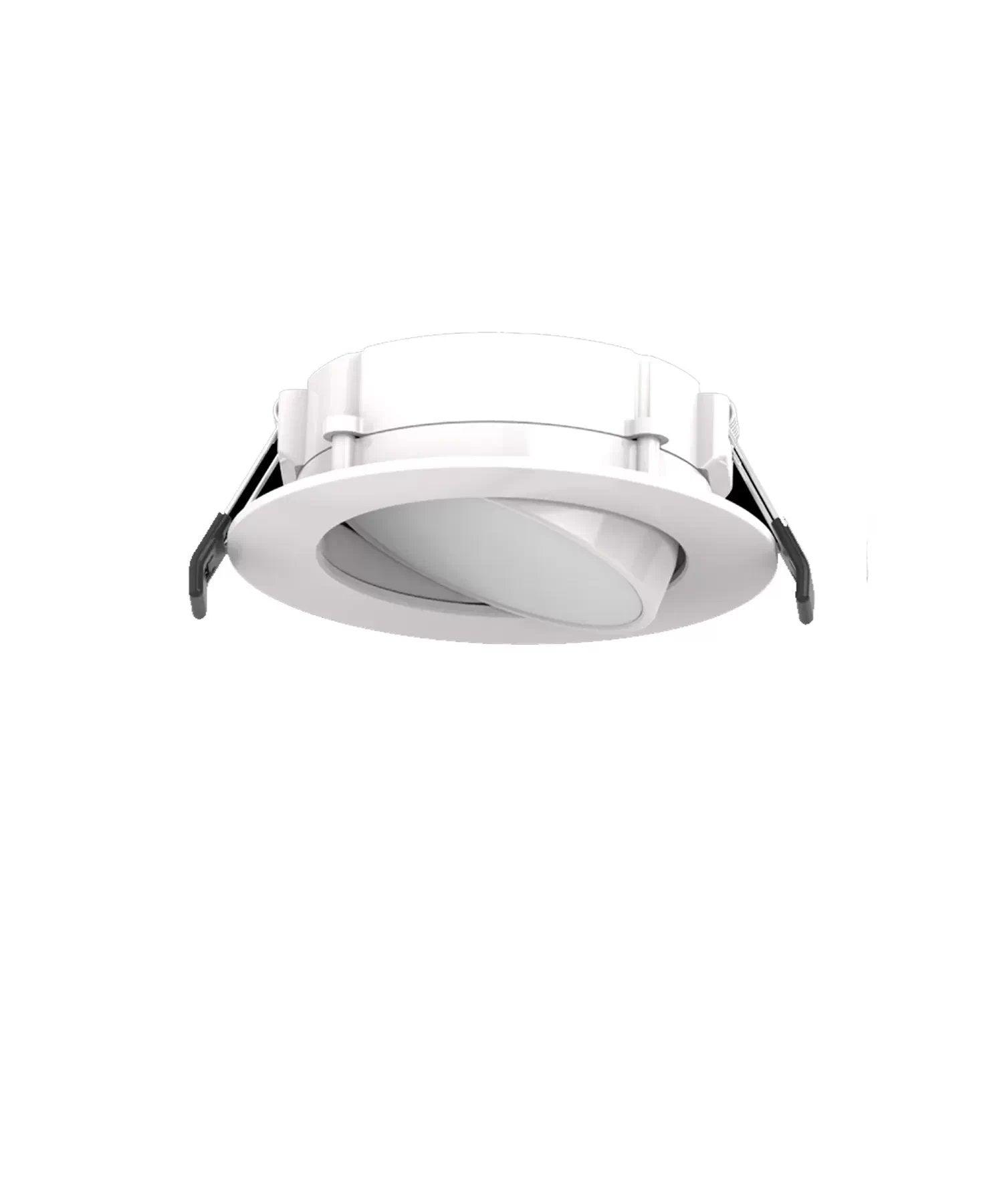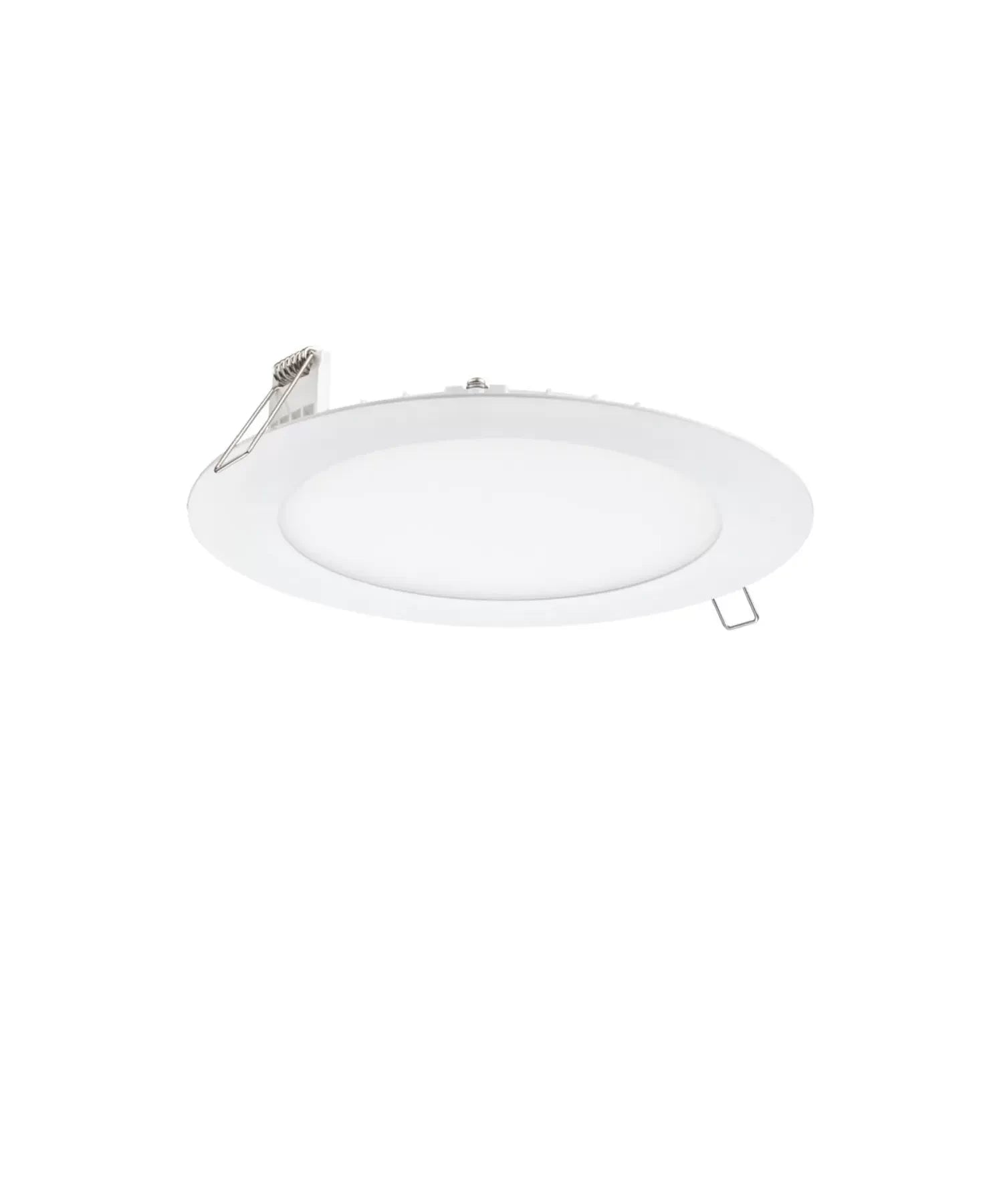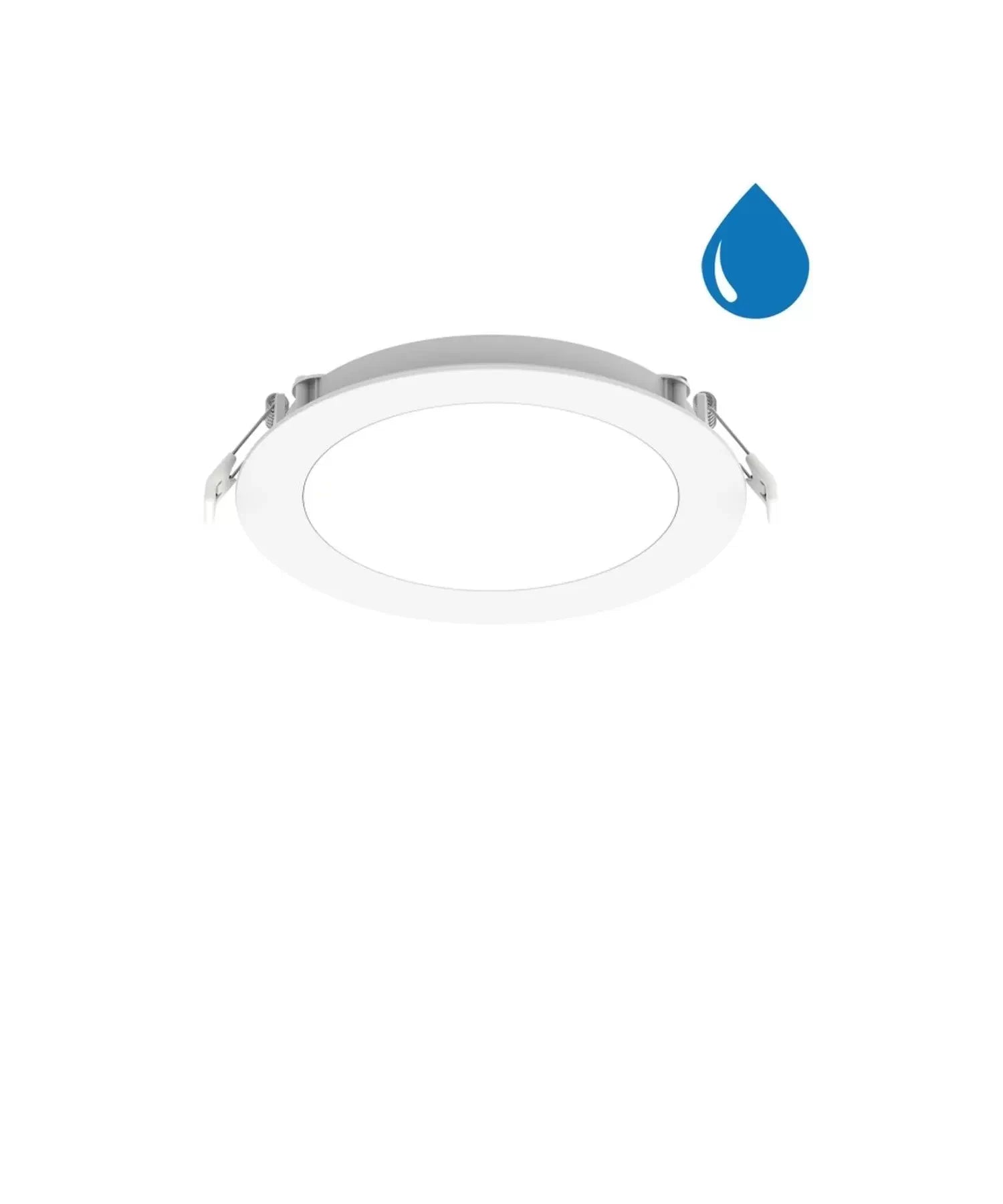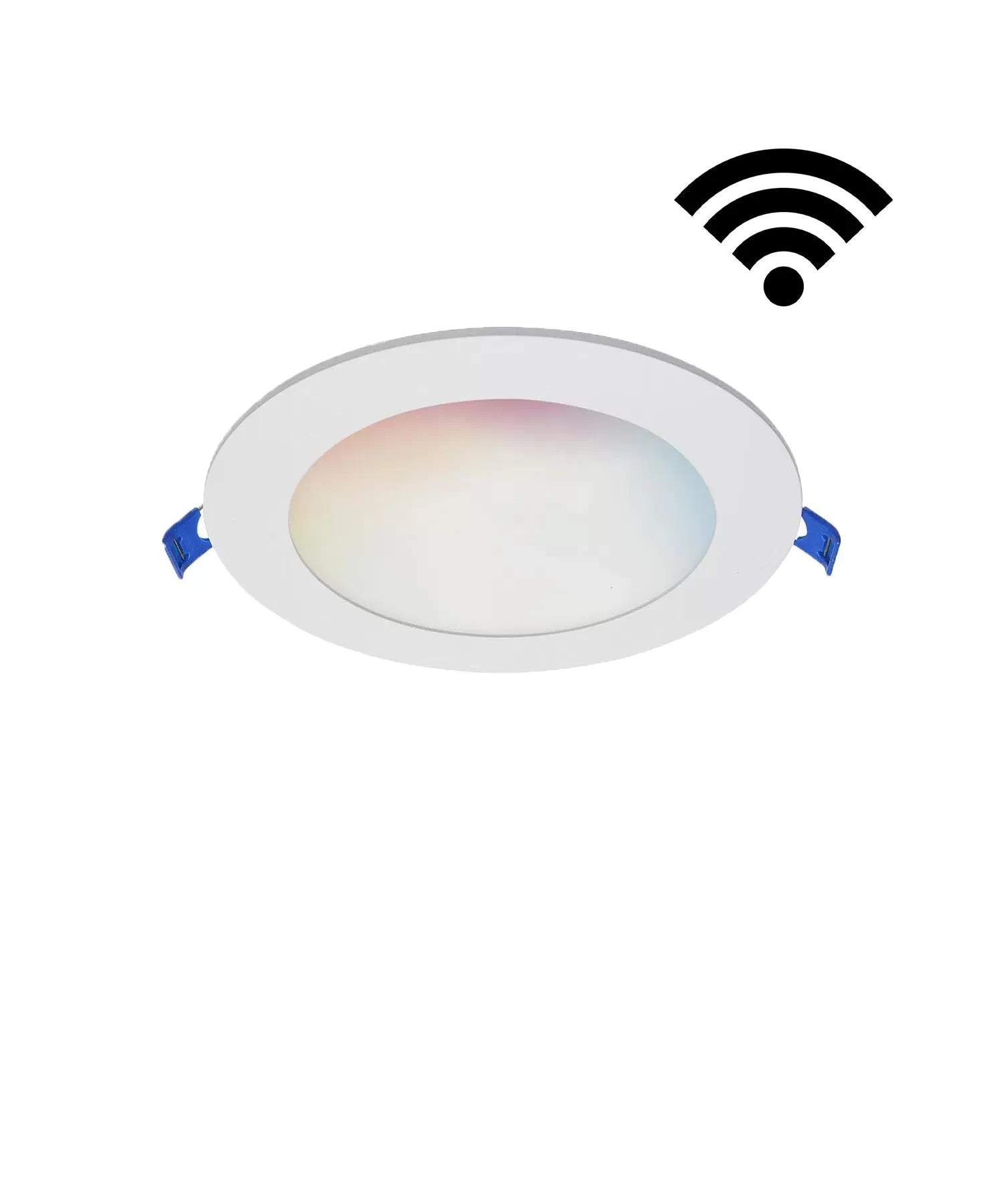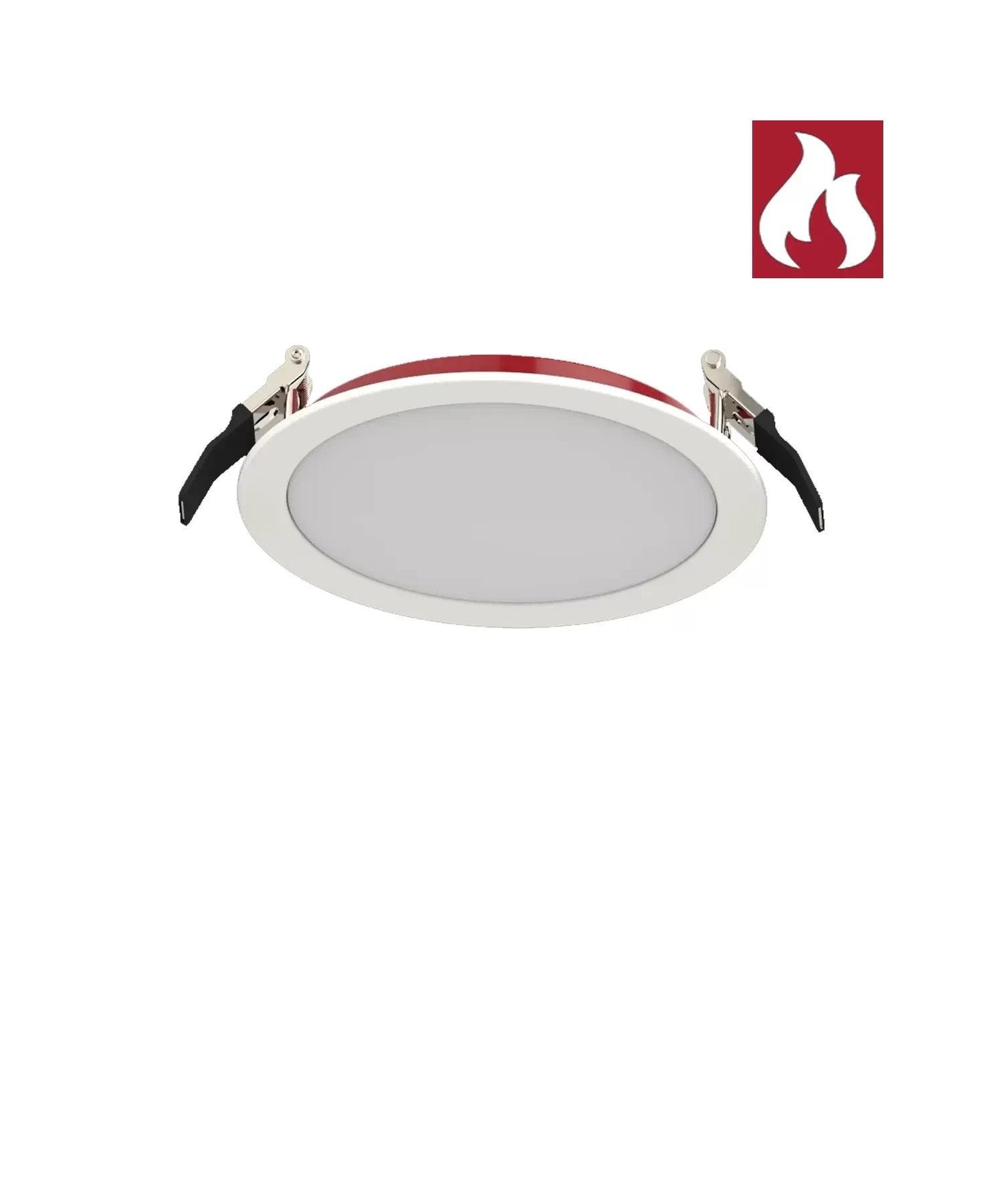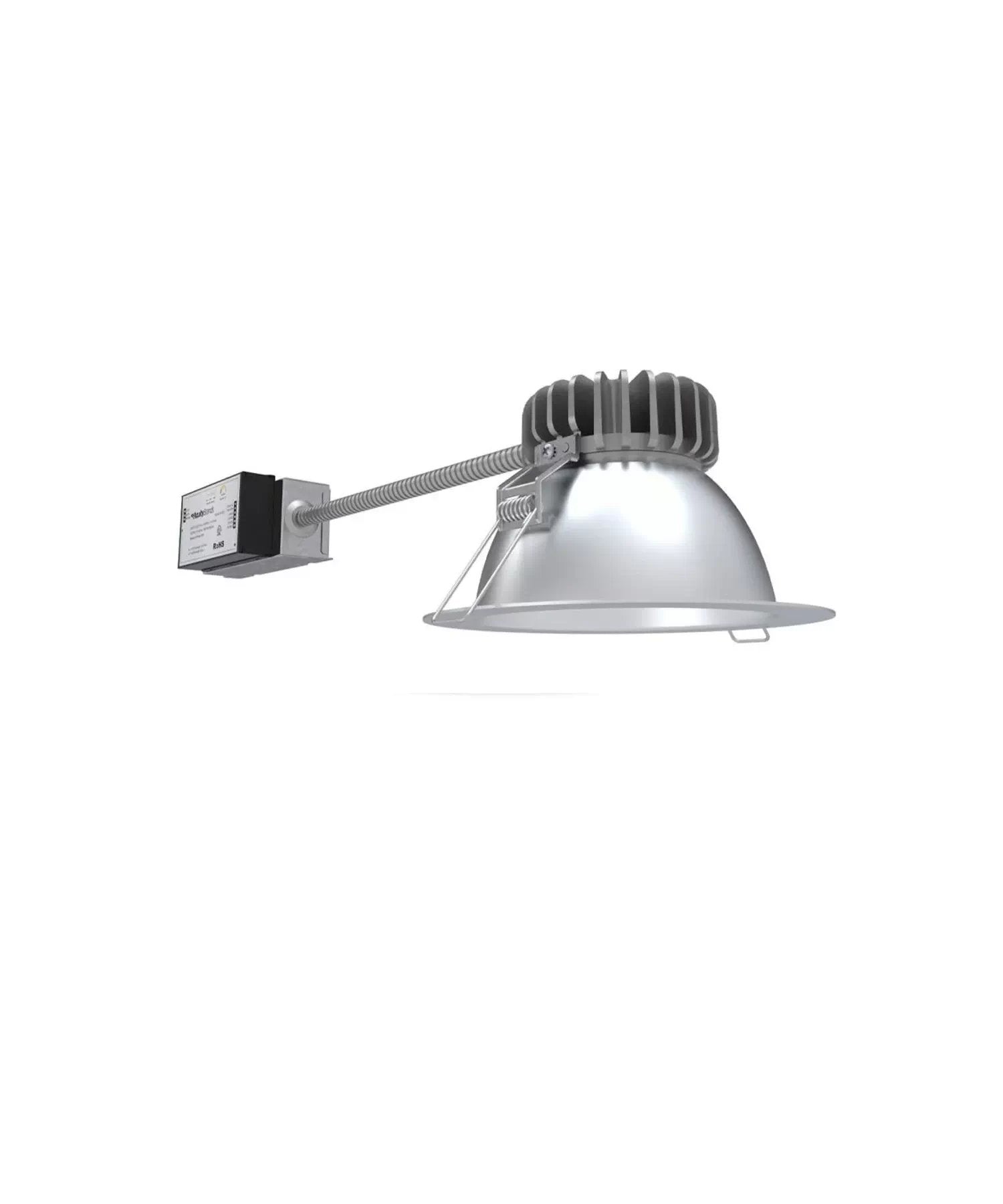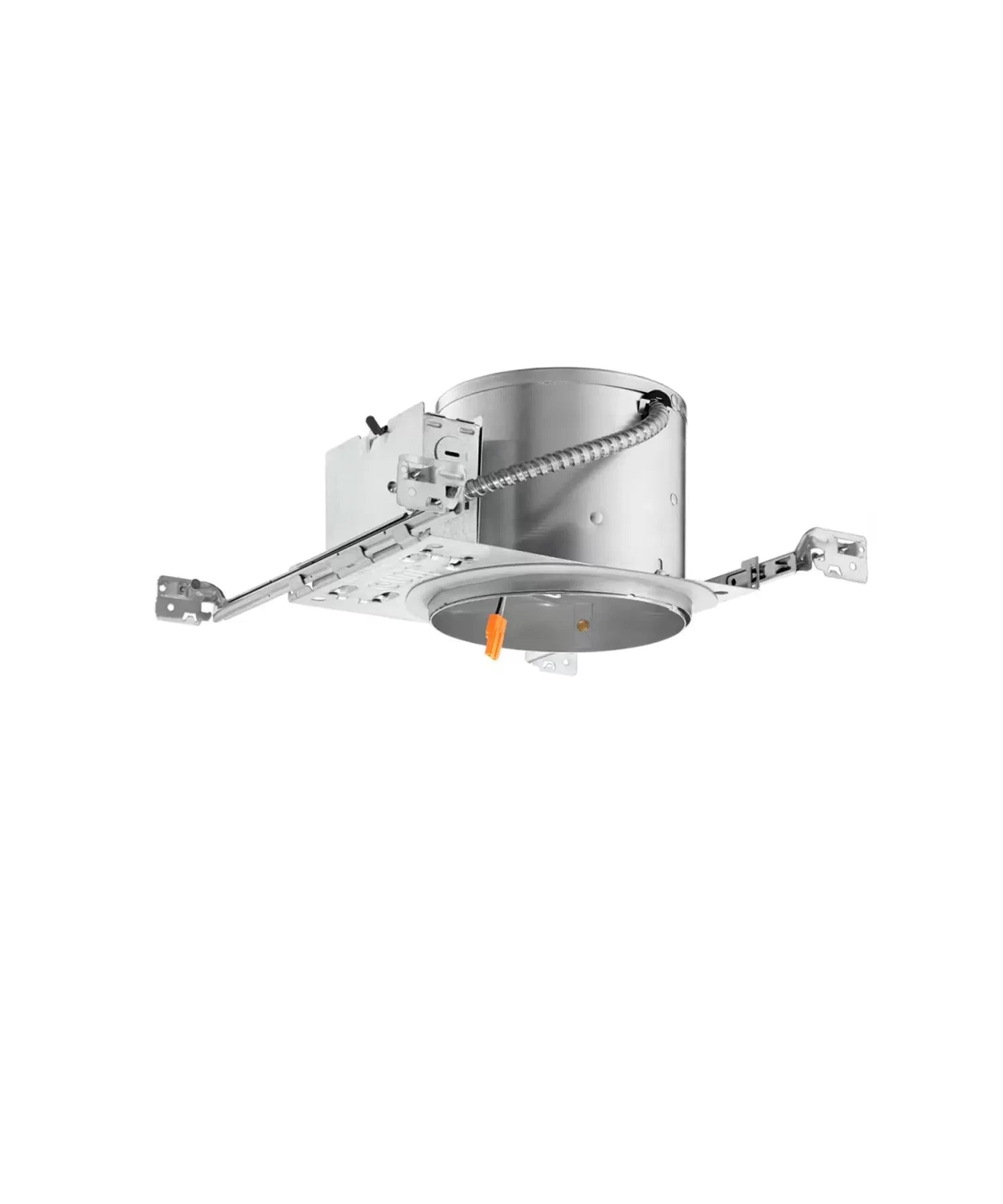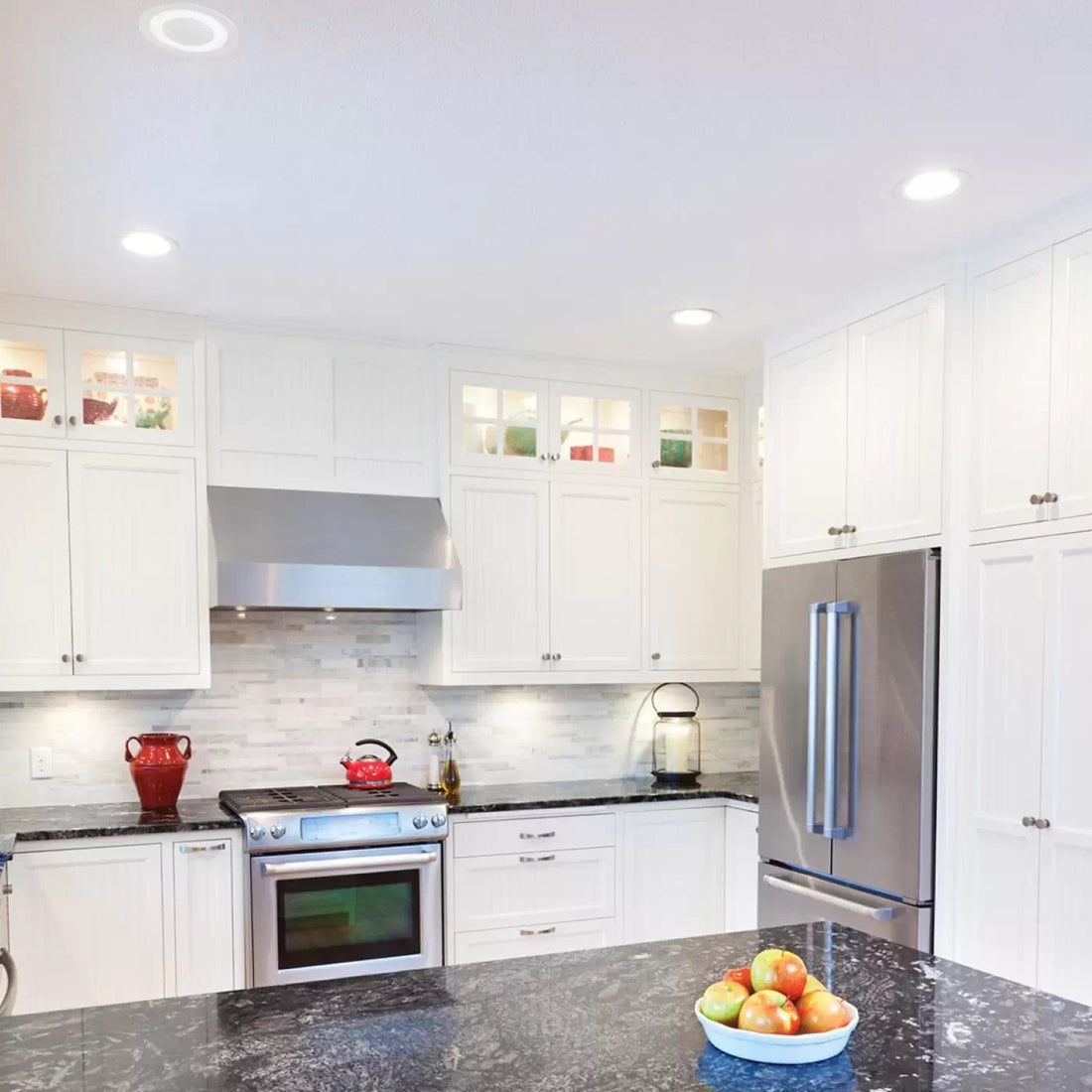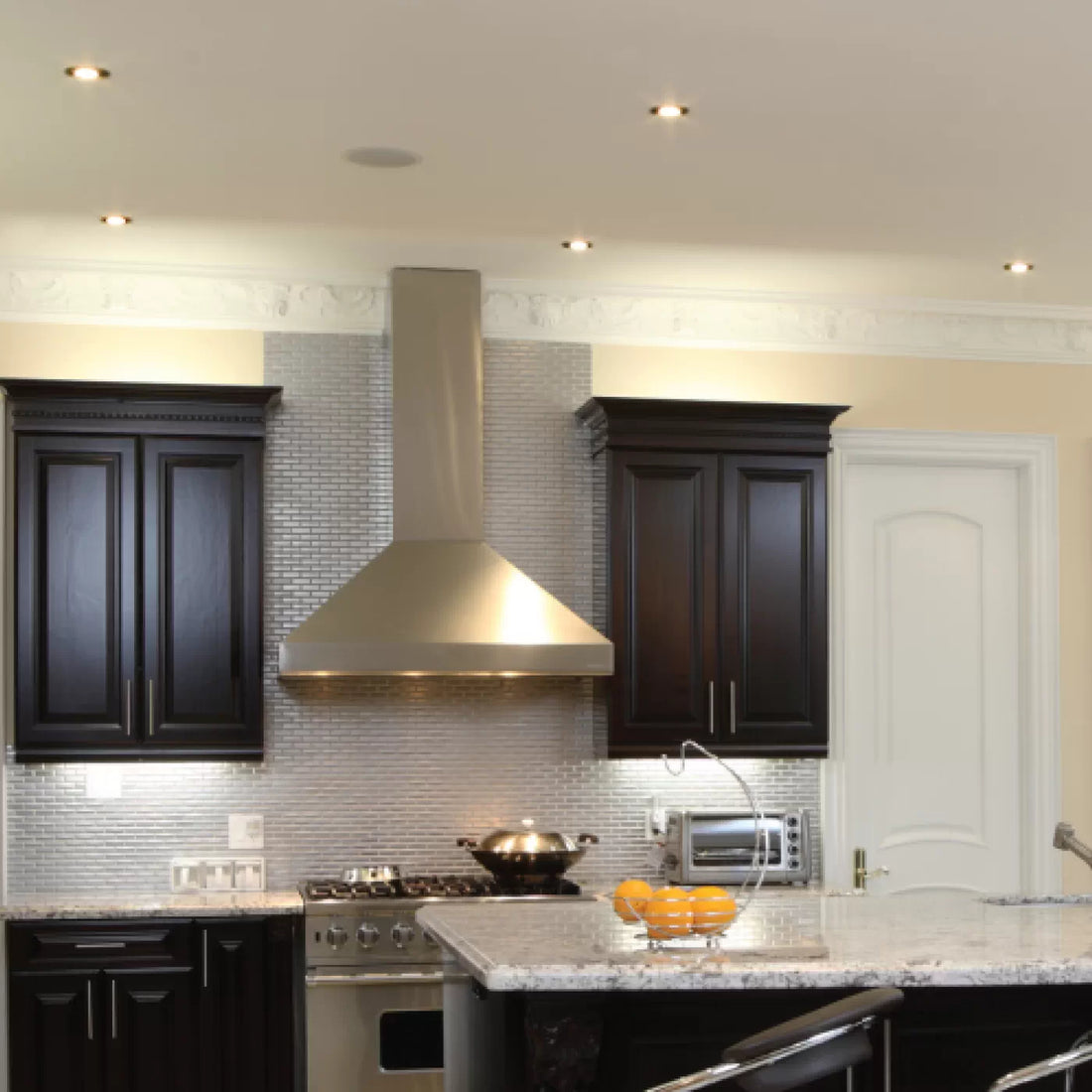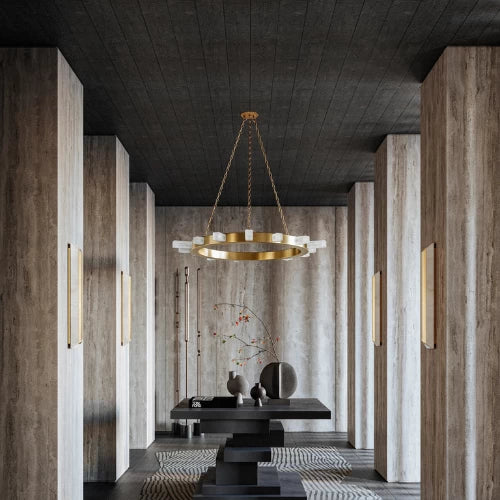Recessed lighting, also known as downlighting, can lighting, high hat lights, or pot lights, is a type of lighting fixture installed flush within a hollow opening in the ceiling. This design creates a clean, minimalist aesthetic by tucking the fixture away, freeing up visual space for an uncluttered and modern look. Prized for their versatility, recessed lights can provide broad ambient illumination, focused task lighting for kitchens and offices, or dramatic accent lighting for artwork. Explore Bees Lighting's collection to discover the perfect high-performance, energy-efficient solution for your space.
Why Choose Recessed Lighting for Your Home?
Upgrading your home with modern lighting is a smart investment. Here’s why recessed lighting is a top choice for style, function, and value.
- Create a Clean, Spacious Feel: Free up visual space and make rooms feel larger. Recessed lights sit flush with your ceiling, creating a clean, uncluttered look that makes ceilings appear higher.
- Unmatched Lighting Versatility: Get the perfect light for any purpose. Use recessed lighting for general room illumination (ambient), focused light over a kitchen counter (task), or to dramatically highlight artwork (accent).
- Illuminate Every Corner: Ensure even, consistent light throughout your entire space. A strategic layout of recessed can lights can eliminate the dark corners that a single central fixture can't reach, making rooms feel brighter.
- Boost Efficiency and Home Value: Lower your energy bills with modern LED recessed lighting. Upgrading to canless recessed lighting means you get superior illumination that lasts for years with virtually no maintenance. For existing installations, retrofit can lights offer an easy way to convert old fixtures to the same energy-saving LED technology, boosting your home’s appeal and value.
Recessed Can Lights vs. Canless Recessed Lighting
Choosing between traditional recessed can lights and modern canless recessed lighting depends on your project. Both are excellent choices for LED recessed lighting, but they differ in structure and installation.
| Feature | Recessed Can Lights | Canless Recessed Lighting |
| Structure | Two-part system: a recessed housing installed inside the ceiling plus a separate LED trim (light and trim combined). These are complete LED can lights. | All-in-one fixture where the light source and trim are integrated. A popular type of LED recessed lighting. |
| Best For | New construction or projects with open ceiling access where future flexibility is the top priority. | Remodels, basements, and areas with shallow ceilings or obstructions like joists, pipes, and ducts. |
| Installation | Requires more vertical clearance for the housing. Older fixtures can be converted to this modern LED system using retrofit can lights. | Fast and simple installation requiring minimal clearance. The fixture snaps directly into the ceiling drywall. |
| Flexibility | High. The entire LED trim (LED recessed can lights) can be swapped out easily to change styles or color temperature without replacing the housing. | Low. The entire integrated fixture must be replaced to change the look or after the long-lifespan LED expires. |
Key Features of Modern Recessed Lighting
Today’s recessed lights offer a wide range of features to perfectly match your project’s style, location, and lighting goals. Here are some of the most popular options to look for:
- Round vs. Square Trims: While round recessed lights are the timeless and most popular choice that blends into any decor, square trims offer a clean, geometric look for a more modern and architectural statement.
- Gimbal & Adjustable Trims: Perfect for accent lighting, a gimbal or adjustable trim allows you to pivot and aim the light beam. Use this feature to highlight artwork, wash a wall with light, or properly illuminate a sloped ceiling.
- Wet Rated for Durability: For areas exposed to moisture, choose fixtures that are wet rated. This certification ensures safe and durable performance in high-humidity locations like showers, bathrooms, covered patios, and outdoor soffits.
- Fire Rated for Safety: A fire rated recessed light is constructed to maintain the fire barrier of your ceiling, helping to prevent the spread of fire for a specified time. These are often required by building codes, especially in multi-family homes and commercial spaces.
- Wafer or Ultra-Thin Profile: The wafer or ultra-thin profile is the key feature of canless lighting. Its minimal depth allows for easy installation in shallow ceilings or tight spaces with obstructions like pipes or joists, where a traditional can light won't fit.
- Trimless for a Seamless Architectural Finish: Also known as "mud-in" or "plaster-in," trimless lighting is the pinnacle of minimalist design. The fixture's frame is installed and plastered over, creating a flangeless, seamless finish where light emerges directly from the ceiling plane for a high-end, architectural look.
Find Your Perfect Recessed Lighting Today
From achieving a clean, modern aesthetic to delivering perfectly layered light, recessed lighting offers a powerful and versatile solution for any room. At Bees Lighting, we've curated a comprehensive collection of high-quality recessed can lights, canless wafer lights, and all the trims and accessories you need to bring your vision to life. Whether you're undertaking a new build or a simple remodel, our team is here to help.
For expert advice or help finding the perfect fit, call our lighting specialists at 855-303-0665. Explore our full collection of LED recessed lighting below and transform your space today.
Frequently Asked Questions
What should I consider when choosing recessed lights?
What should I consider when choosing recessed lights?
What is the difference between can lights and canless recessed lights?
What is the difference between can lights and canless recessed lights?
What are the benefits of LED recessed lighting?
What are the benefits of LED recessed lighting?
Can recessed lights be installed in an existing ceiling?
Can recessed lights be installed in an existing ceiling?
Are recessed lights energy-efficient?
Are recessed lights energy-efficient?



